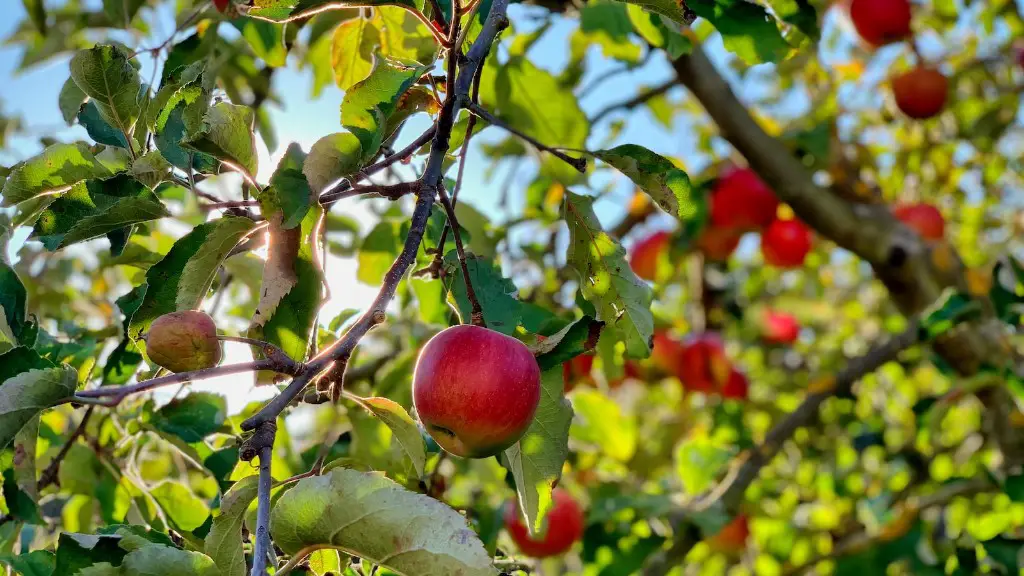Introduction
Cherry trees are common in both residential and commercial landscapes worldwide. However, they can be difficult to cultivate, and many of them fail to bear fruit. To understand why cherry trees have no fruit, we must first look at their biological and environmental requirements. We must then examine the challenges associated with growing cherry trees, such as pests, diseases, and harsh weather conditions. Finally, we must consider the methods used to encourage a cherry tree to bear fruit.
Biological Requirements
Cherry trees require certain environmental conditions, such as rich soil and adequate nutrients, in order to yield a bounty of sweet cherries. They also need to be pollinated in order for the blossoms to produce fruit. For this, the trees must be in proximity of other cherry trees that produce compatible pollen. Without the presence of compatible pollen or adequate environmental conditions, cherry trees simply won’t produce fruit.
Pests and Diseases
Cherries are susceptible to a wide variety of pests and diseases. Pests such as aphids, scale insects, and mites can feast on young cherry tree buds and leaves, preventing the tree from producing fruit. Additionally, diseases like brown rot, leaf spot, and bacterial canker can wreak havoc on cherry trees and greatly reduce the likelihood of fruit production.
Harsh Weather Conditions
Cherry trees are sensitive to weather conditions and can suffer severe damage when exposed to frost, high winds, and extreme temperatures. These conditions can damage the blossoms, preventing them from developing into cherries. Additionally, drought conditions can cause cherry trees to produce fewer flowers and small fruit.
Encouraging Fruiting
Maintaining healthy soil with adequate nutrients and ensuring the presence of compatible pollen are two key steps in encouraging a cherry tree to produce fruit. Additionally, gardeners should prune or remove any diseased branches and fertilize regularly to promote healthy growth. It is also necessary to protect the tree from harsh weather conditions and control pests in order to see the desired results.
Pruning Techniques
Pruning is an important step in ensuring healthy and bountiful cherry tree production. Pruning should be done in late winter or early spring, when the tree is dormant, and is best done by a professional. By removing dead, diseased, and crossing branches, gardeners can support better fruit production and overall tree health.
Fertilizing
Fertilizing your cherry tree not only promotes a more abundant crop, but also helps maintain healthy foliage and new growth. Generally, a balanced fertilizer with an NPK ratio of 10-10-10 is recommended. This can be applied in the spring and again in mid-summer for best results.
Pest Control
In order to prevent pests from damaging the cherry tree’s blossoms and leaves, it is important to keep the tree free of any signs of pest activity. This can be achieved by regularly inspecting the tree and applying a systemic insecticide specifically formulated for fruit trees.
Weather Protection
Cherry trees are particularly sensitive to extreme temperatures and moisture, so it is important to protect them from the elements. This can be done by using a cover to guard against frost and wind, and by taking measures to protect the tree from high temperatures and excessive moisture.
Conclusion
Cherry trees are both beautiful and delicious, but they can be difficult to cultivate. To ensure successful fruit production, it is important to pay attention to the tree’s biological needs, as well as any pests or diseases that may be present. Additionally, gardeners must also be aware of how harsh weather conditions may affect the tree and take necessary precautions. With proper care, a cherry tree will yield bountiful harvests of luscious sweet cherries.


